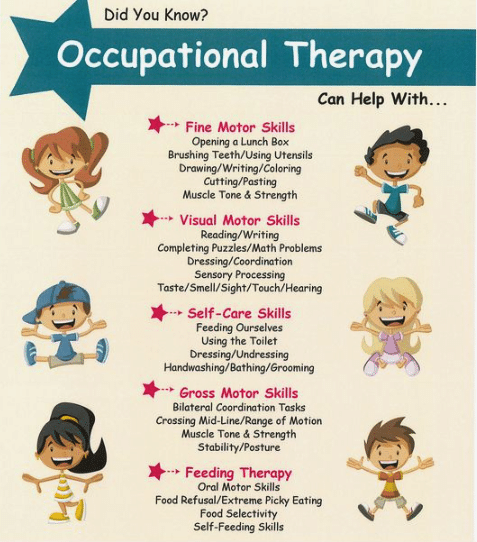Children with childhood disintegrative disorder (CDD) experience a sudden and significant loss of skills that they had previously acquired. These symptoms can greatly impact their daily functioning and interactions with others. Here are some key symptoms of childhood disintegrative disorder:
- Loss of language skills: Children with CDD may lose the ability to speak or understand language.
- Impaired social interactions: They may have difficulty engaging in social interactions and developing relationships.
- Regression in play skills: Children may lose interest in play or exhibit a decline in imaginative play.
- Loss of toileting skills: Skills related to toilet training, such as using the bathroom independently, can deteriorate.
- Behavioral changes: CDD can lead to changes in behavior, such as increased aggression, irritability, or repetitive movements.
It is essential to seek early intervention and support from healthcare professionals, therapists, and educators to address these symptoms and provide the necessary assistance for children with CDD.
This post was originally published on Feb. 6, 2023. It was updated on April 3, 2024.










